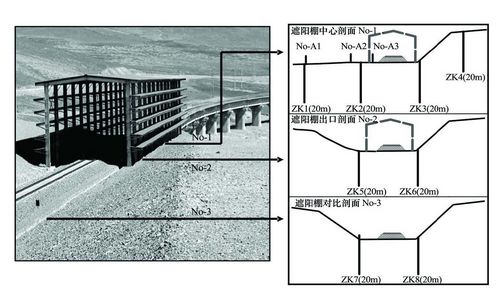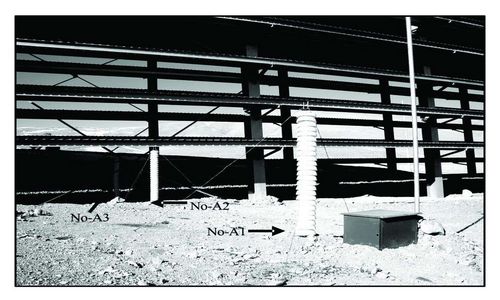Engineering Effects of the Sunshine-shield Roadbed of the Qinghai-Tibet Railway in Permafrost Regions
Updatetime:2011-01-21From:
【Enlarge】【Reduce】
The main factor causing rise of air temperature and ground temperature is solar radiation. To shield ground surface from solar radiation can effectively lower ground temperature. According to the field testing results of sunshine-shield roadbed in the Qinghai-Tibet Railway in permafrost regions, the mean annual air temperature (MAAT) inside the shield was 0.6 ℃ lower than that outside the shield during the monitored period. Under the original conditions, the MAAT within a height range from 0.1 to 0.3 m above ground surface was 1.0 ℃ higher than that of 1.0 m. However, the difference was only 0.3 ℃ inside the shield. The air temperature at 14:00 in a day during the warm season inside the shield was 6.0 ℃ lower than that outside the shield. The MAAT at 14:00 at 0.1 m height inside the shield was 4.2 ℃ lower than that outside the shield. And the difference at the height of 1.5 m was 2.1 ℃. Owing to the effect of the shield, the ground temperature under the shield decreased and the artificial permafrost table rose, with a maximum of 1.0 m. Both the air temperature and the ground temperature changes indicated that the sunshine-shield can effectively protect the underlying permafrost.
|
Location of the monitoring sections and number of the boreholes in the testing sunshine-shield (Picture/Journal of Glaciology and Geocryology) |
|
Location and number of the air temperature monitoring points inside and outside a sunshine-shield (Picture/Journal of Glaciology and Geocryology) |
Appendix






